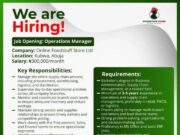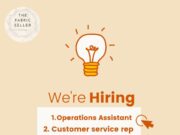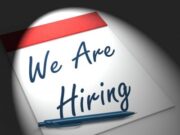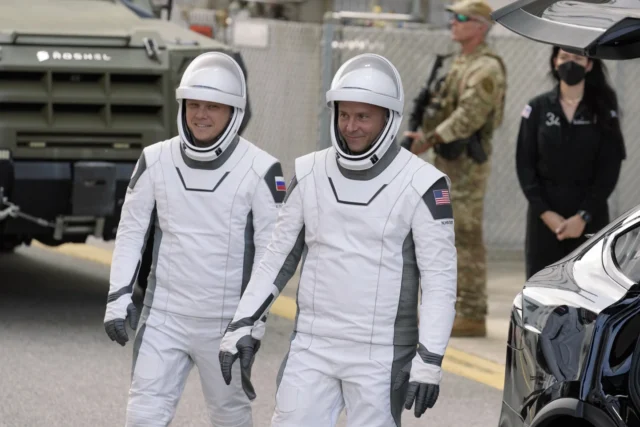On Saturday, SpaceX launched a mission to rescue two astronauts stranded at the International Space Station (ISS), though they won’t return to Earth until early next year. The mission involved sending a reduced crew aboard SpaceX’s Dragon capsule to retrieve astronauts Butch Wilmore and Suni Williams, who were left at the ISS after their original Boeing spacecraft was deemed unsafe for their return.

The capsule successfully launched into orbit with empty seats reserved for Wilmore and Williams. However, due to NASA’s crew rotation schedule, the Dragon capsule won’t bring them home until February 2025. NASA officials explained that returning the pair sooner would disrupt other planned missions.
Wilmore and Williams have now spent more than eight months in space, despite initially expecting a week-long mission when they signed up for Boeing’s first crewed flight, which launched in June 2024. That mission was marred by technical issues, including thruster failures and helium leaks, which ultimately led NASA to label Boeing’s Starliner spacecraft as too risky for the astronauts’ return.
NASA decided to scale down the crew on this latest SpaceX flight to create space for Wilmore and Williams during the return journey. Both astronauts watched the SpaceX liftoff live from the ISS, with Williams expressing her excitement by cheering “Go Dragon!” as the capsule launched.
The space station, which usually houses a crew of seven, had been operating with only five astronauts. Williams, now the commander of the ISS, will soon see the station return to full capacity. When NASA astronauts Nick Hague and Russia’s Alexander Gorbunov arrive on Sunday, four astronauts who have been stationed there since March will depart in their own SpaceX capsule. Their return was delayed due to issues with Boeing’s Starliner spacecraft.
Nick Hague, tasked with commanding the rescue mission, was chosen for the role based on his previous experience handling emergencies during spaceflight. In 2018, he survived a Russian rocket failure shortly after launch, escaping safely alongside a Russian cosmonaut when their capsule detached and returned to Earth.
NASA astronauts Zena Cardman and Stephanie Wilson were initially slated to join the mission but were reassigned after NASA opted to use SpaceX for the rescue mission. Promised future space missions, both astronauts were present at NASA’s Kennedy Space Center for the launch. Cardman, visibly emotional, said, “It was hard not to watch that rocket lift off without thinking, ‘That’s my rocket and that’s my crew.’”
As the Dragon capsule lifted off, Hague paid tribute to his colleagues Wilmore and Williams, describing them as “unbreakable” and expressing gratitude for the team’s efforts in making the mission possible. Once in orbit, Hague described the ride as “sweet” and acknowledged the complexity of the mission ahead, particularly given that they would return with astronauts trained on a different spacecraft.
Watch the video: https://apnews.com/video/aerospace-technology-space-launches-national-aeronautics-and-space-administration-international-regional-us-7d72c7cacb1a480b999ac9231f49ddbf
SpaceX has been a key player in NASA’s commercial crew program since the retirement of the space shuttle. The company successfully began delivering astronauts to the ISS in 2020, well ahead of Boeing, which has faced multiple delays and technical setbacks with its Starliner spacecraft.
Boeing has been working to address the Starliner’s issues. The spacecraft that left Wilmore and Williams stranded returned safely to Earth on September 6, landing in the New Mexico desert. Boeing’s struggles in space flight have led to recent leadership changes, with its defense and space chief being replaced last week.
Saturday’s SpaceX launch was delayed by Hurricane Helene but marked a significant milestone, as it was the first crewed mission to take off from Launch Complex 40 at Cape Canaveral Space Force Station. This site, which SpaceX took over nearly 20 years ago, had previously been used for satellite launches and cargo missions to the ISS. The company’s expansion to this pad offers more flexibility as the number of Falcon rocket flights continues to increase.
Join Our Social Media Channels:
WhatsApp: NaijaEyes
Facebook: NaijaEyes
Twitter: NaijaEyes
Instagram: NaijaEyes
TikTok: NaijaEyes







































